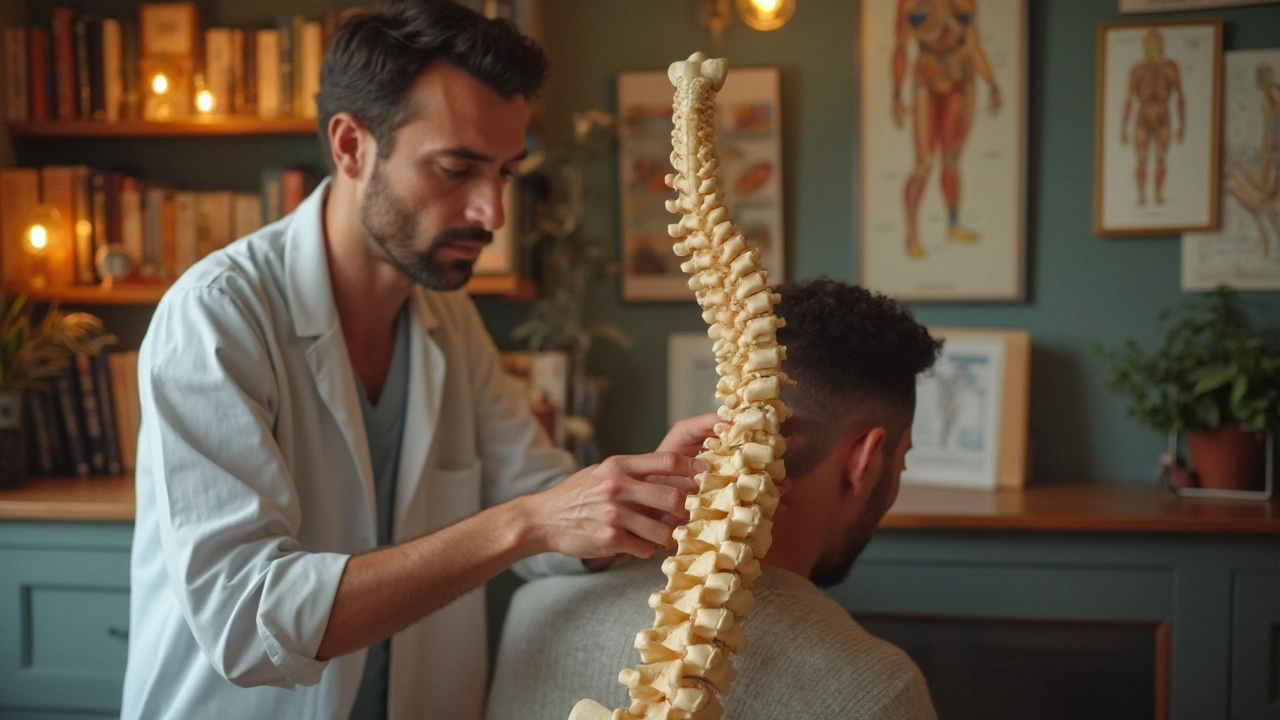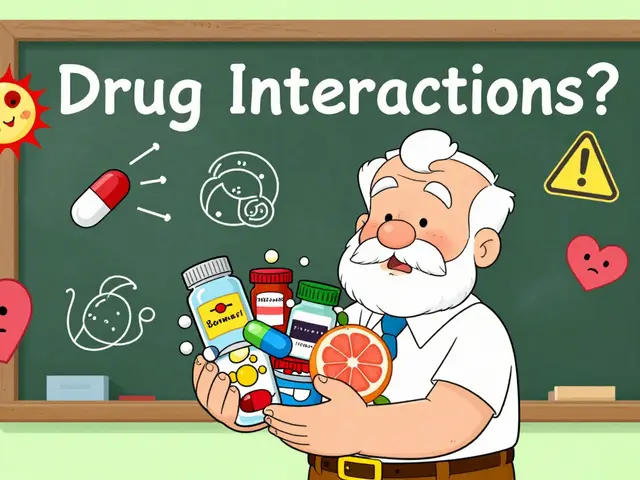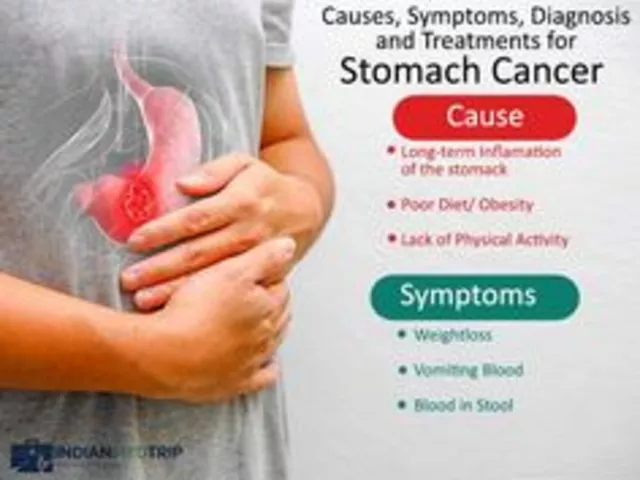Backache Relief: Fast Tips That Actually Work
Got a sore back right now? You don’t need fancy gear to get relief. Small changes—how you move, sit, sleep, and treat pain—can make a big difference in hours to days. Read on for clear, useful actions you can use today.
Immediate relief you can try today
Start with heat or ice. Ice for the first 48 hours if the pain came on after an injury—10–15 minutes every hour. After that, switch to a warm pack for 15–20 minutes to loosen tight muscles. Keep moving: long bed rest makes pain worse. Short walks and gentle activity reduce stiffness and speed recovery.
Over-the-counter options help many people. NSAIDs like ibuprofen or naproxen reduce swelling and pain when used as directed. If you can’t take NSAIDs, acetaminophen may ease discomfort. Topical gels or patches can work well and lower side effects compared to pills.
Simple moves and daily habits that prevent flare-ups
Do these two stretches 2–3 times a day. 1) Knee-to-chest: lie on your back and pull one knee toward your chest, hold 20–30 seconds, switch legs. 2) Gentle twist: lie on your back, knees bent, drop both knees to one side and hold 20 seconds, then switch. These ease tight hips and lower back tension.
Fix your sitting setup. Put your screen at eye level, keep feet flat, and support your lower back with a small cushion or lumbar pillow. Stand up every 30–45 minutes to stretch or walk for a minute. If you work from home, a simple box under your feet or a rolled towel behind your lower back helps posture a lot.
Lift smart. Bend your knees, tighten your core, and hold the load close to your body. Avoid sudden twists while lifting. If something is heavy, ask for help or break the task into smaller steps.
Sleep matters. A medium-firm mattress usually supports the back best. Sleep on your side with a pillow between your knees to keep your spine aligned. If you sleep on your back, place a pillow under your knees.
Build long-term strength. Walking daily and doing simple core exercises (pelvic tilts, bridges) 3 times a week helps prevent future pain. Aim for gradual progression—don’t jump into heavy workouts after a flare-up.
When to see a doctor: get urgent help if your back pain follows a major injury, or if you have numbness or weakness in the legs, loss of bladder or bowel control, high fever, or severe, worsening pain that won’t ease with basic care. For pain that lasts more than 6 weeks, ask your clinician about physical therapy, targeted injections, or further tests.
If you want a quick plan: use ice first 48 hours, then heat; keep moving with short walks and gentle stretches; use OTC meds as needed; fix posture and lifting; see a doctor for red-flag symptoms. Little changes add up fast—try one today and notice how your back responds.





